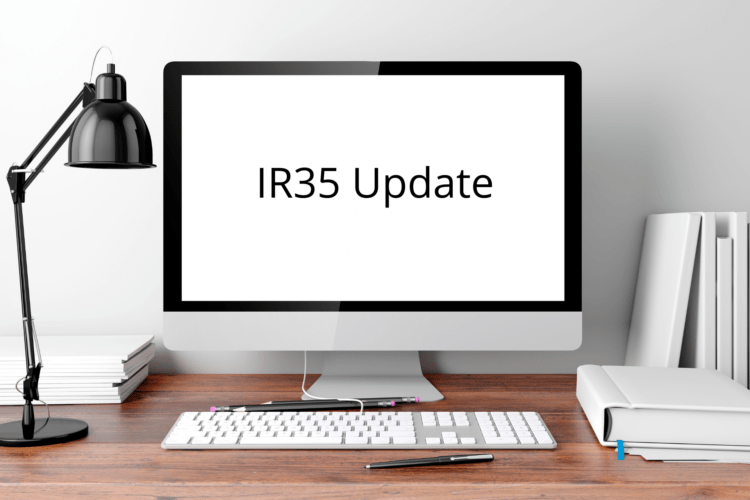IR35 – Update

With IR35 having been extended to the private sector in April 2021, what do we know so far?
Here’s the MAD-HR insight on what employers need to understand about criteria and obligations.
“Professional, friendly team that fits your business needs, highly recommend”
“The team that never sleeps, they are always there when you need them. Highly professional team, always giving 110%.” Read the full review
Since the original introduction of IR35 as part of the Finance Act in 2000, the legislation has been continually subject to challenge.
The High Court ruled against a challenge in 2001 from a group of contractors, and various parties have continued to lobby against it ever since.
In 2011, HMRC published a series of Business Entity Tests which were designed to provide an indication for contractors whether their business was likely to be selected for an investigation.
Following much criticism of the results that the tests produced, the system was scrapped in 2015 and a further review of IR35 was announced.
With the government reporting that it was believed that there was a potential £400m+ to be gained in revenue from changes to the system, it is no surprise that they continued to explore the technicalities of intermediary legislation.
In 2016, it was announced that IR35 enforcement in the Public Sector would begin in April 2017. This placed the onus on to the ‘end user’ to determine whether or not the contractors they were engaging with fell within the scope of IR35.
If it was determined that they did, they were to be taxed at source in the same way as employees.
In 2018, the government announced a new extension to off-payroll working rules which then encompassed the private sector.
This was originally announced to take effect in April 2020, but was subsequently held over to April 2021.
Roll forward to present day, and the media are currently reporting that approximately one third of contractors are still operating outside of IR35; a large number of those who were found to fall inside of the IR35 by their clients are actively seeking alternative clients to work for; and a significant number of contractors are still awaiting the outcome of their assessment.
As widely anticipated, clients using the government’s CEST tool, which was set up to help clients determine the status of their contractors, are finding that increasing numbers of determinations are being challenged by the contractor.
HMRC have stated that they will stand by any determination produced by CEST provided the questions have been answered accurately.
Some ‘end users’ in SMEs which fall outside the scope of the IR35 changes (click here to read our earlier blog post on this topic which sets out the criteria which apply) are perhaps understandably reluctant to continue engaging with contractors on a self-employed basis due to the recent Supreme Court ruling in the Uber case, which granted worker rights to Uber drivers.
That case followed the earlier Pimlico Plumbers judgement and there is also a further case to be heard in the Central London Employment Tribunal this month by over 100 Post Office Franchisees who are also bringing a claim for worker rights.
It is too soon to determine whether the predicted growth in umbrella companies will materialise, but in the meantime, the best course of action if your business utilises contractors who have been determined to fall inside of IR35, is to sit down and talk it through with them in order to determine the best route forward for both parties.
Think you could benefit from more help? Do contact our experienced team to help you navigate IR35.
The content of this article is for general information only. It is not, and should not be taken as, legal advice. If you require any further information in relation to this article please contact us.
There may be occasions where the articles contain links to external websites. We have no control over the nature, content and availability of those sites. The inclusion of such links does imply a recommendation or endorse the views expressed within them.



